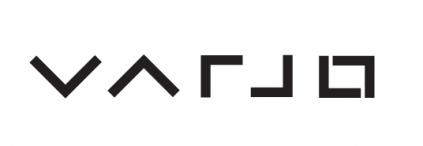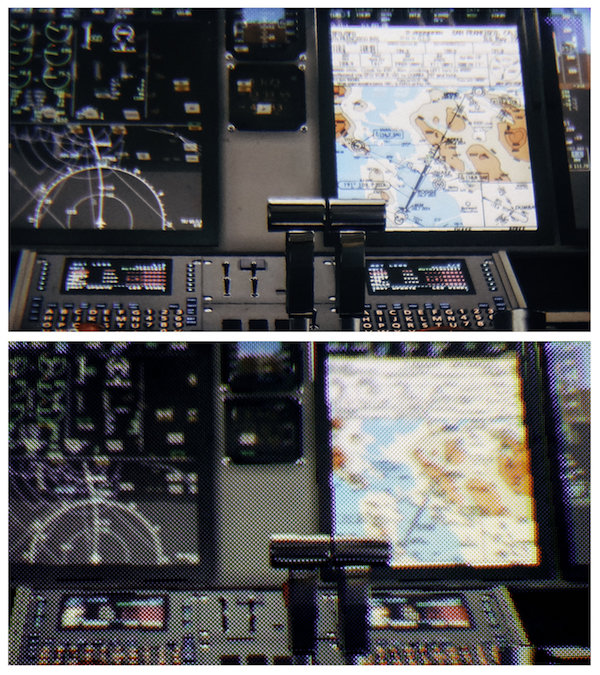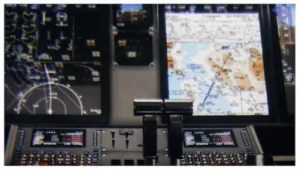The Finnish start- up company Varjo (meaning shadow in Finnish) emerged from stealth operations by announcing a high resolution head mounted display system that far exceeds, by their measurements, any other AR / VR / MR headset in the world. The start up, which has 19 staff, is made up mainly of former Nokia / Microsoft developers and a group of optical scientists and engineers from the Russian St. Petersburg National Research University.

The system is called “20|20” – The First Human Eye-Resolution VR/AR/XR Immersive Display. The codename reflects the perception of 20/20 being perfect vision. The headset, which is still under development, is claimed to have a 70x improvement over basically every other VR headset system in the market today. Based on the comparison to existing as well as projected systems in the next five years they will still beat everyone by at least a factor of four to five. Here is a table created by Varjo to support these claims.
| Comparative matrix | Effective resolution | Field of view |
|---|---|---|
| Varjo 20|20 | 70 MP | 100° |
| Oculus, Vive | 1.2 MP | 100° |
| VR in 5 years * | 16 MP | 140° |
| HoloLens | 1 MP | 32° |
| ODG R9 | 2 MP | 50° |
| Meta II | 1.8 MP | 100° |
| * Prediction 2016 by Oculus Chief Scientist Michael Abrash at Oculus Connect 3 | ||
Based on the chosen parameters this seems true, but is also a little misleading as discussed below. The headset has been shown to analysts and journalists around the world with images showing the basis of their claim.
 Image of airplane cockpit viewed on the Varjo 20/20 (on top) and through a standard VR system (on bottom)
Image of airplane cockpit viewed on the Varjo 20/20 (on top) and through a standard VR system (on bottom)
While the images are very convincing, one has to be careful of what they actually show. As is described by several news outlets (for example The Verge and Fast Company) Varjo is using an eye tracking system that only shows a high resolution in the center of our vision, where the human vision can resolve such high resolution. If you like, imagine it as a representation of the retina. Only show high resolution where you can actually see it. Outside of the center the resolution is the same as in the lower part of the shown image. I assume that the mentioned pixel count seems to refer to the needed display resolution to create a Varjo-like image in the complete field of view. None of the articles or press release is very clear on this point though.
Varjo refers to this approach as a ‘bionic display’ as it is inspired by the functionality of the eye. This approach is not new but it seems the first time someone put together an actual prototype to prove the concept.
The display is currently just a prototype, but they expect to deliver first beta samples to industry insiders and high end customers by the end of 2017. A very ambitious plan indeed. While the first units will be sold for above thousand dollars they plan to bring the cost down to reach similar price levels as Oculus and the like.
Analyst Comment
The concept is very intriguing and I have no doubt that such a solution is capable of creating a AR / VR / MR headset that people will be willing to use in the future. So far most users have been underwhelmed with the image quality provided by the existing headsets. We cannot expect the developers and marketing folks of existing headset makers come out and say that this is not good enough, instead we only hear how great the latest iteration is.
In reality we are still far away from any headset that actually deserves a reference to ‘reality’ in its name. The Varjo headset offers a solution that does not include the development of a new generation of display technology and breaking the bank in the process. It relies on using two displays to address the different image areas (center and peripheral) separately. Still they are doubling the number of displays and adding a whole new can of worms of rendering and blending two data streams with different resolutions in real time without creating any artifacts. This brings up a few concerns with this approach:
- Need to double the number of displays and put them in the same space that is too small to house the current ‘simple’ solution.
- Double the displays and the cost will go up, giving this solution a permanent price disadvantage.
- Handling of two data streams requires a complete new data infrastructure and connectivity.
- Even with an eye tracking approach the whole scene needs to be available in super high resolution, which creates a content issue.
- This solution by itself solves the issue of field of view versus resolution, but does not solve the vergence / accommodation issue.
- The time frame seems very tight to solve existing issues.
I really like the approach but I fear that there are issues that haven’t even been encountered today. (NH)
The concept of foveated rendering, that is, concentrating resolution only where human vision appreciates it, has been mentioned in around 50 articles in our newsletters over the last two years, so it’s not new. On the other hand, nobody that we have spoken to about this idea has suggested using different displays for the two areas. In order to make this work, the high resolution portion of the image will need to be steered to the point in the user’s point of view where their gaze is directed. That seems to me to be the trickiest part of the operation. In terms of managing the different resolutions, I have seen a handful of implementations and the one from Tobii seemed to be the one with the fewest artefacts. (BR)

